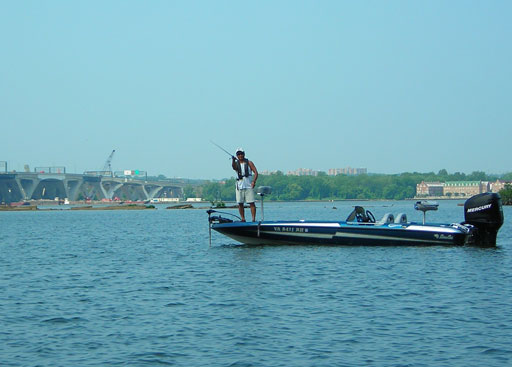
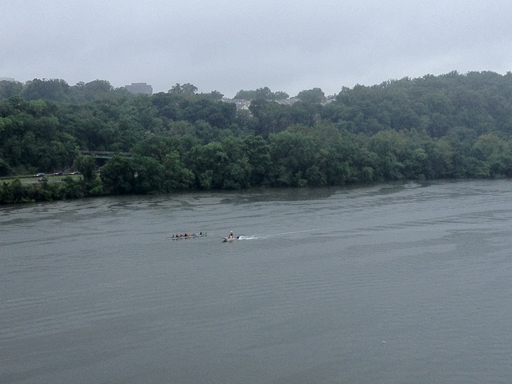
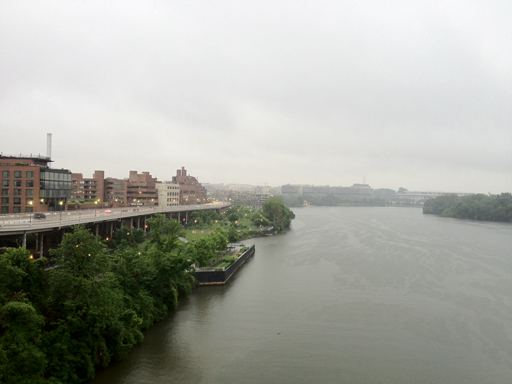
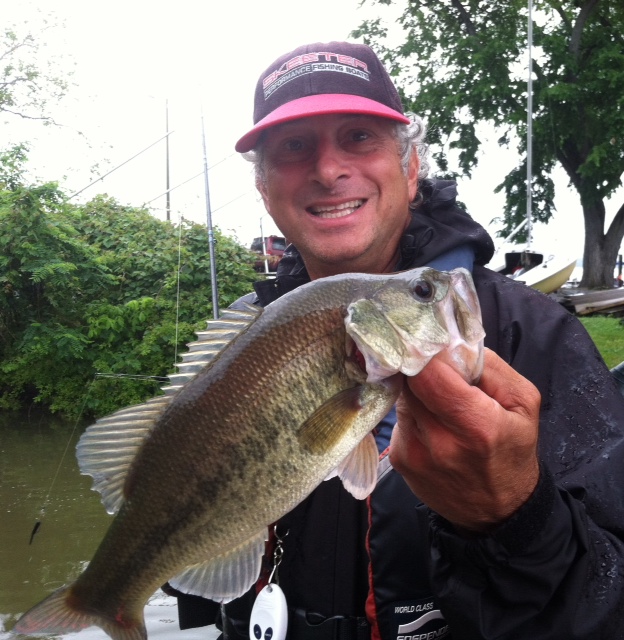
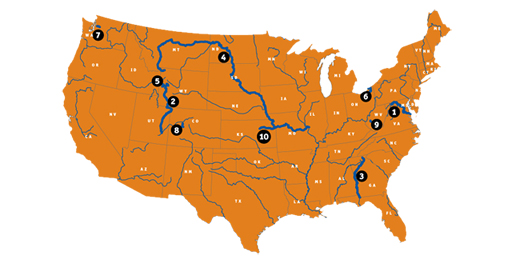
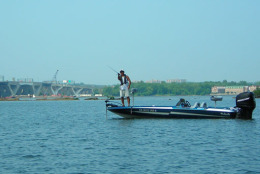
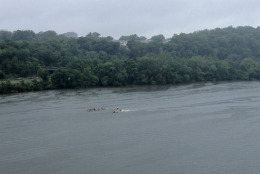
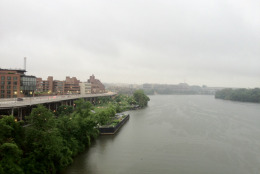
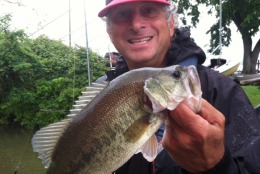
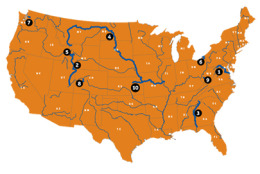
Colleen Kelleher, wtop.com
WASHINGTON – The Potomac River isn’t the pollution cesspool of the 1960s and 1970s that many remember, but a nonprofit advocacy group ranks the “nation’s river” as the most endangered.
American Rivers released its annual ranking of the 10 most troubled rivers on Tuesday.
Today, the river many in the region use for boating, fishing and swimming — and the river that’s the source of drinking water for 5 million people in the D.C. region — is threatened by urban and agricultural pollution, the advocacy group says.
The designation of “most endangered” is symbolic and comes 40 years after Congress enacted the federal Clean Water Act, which is credited with helping to clean up the river.
“We’re selecting the Potomac River as the most endangered river to highlight not only those threats that continue to exist but the threats that are there if Congress were to weaken the Clean Water Act,” Bob Irvin, president of American Rivers, told WTOP.
“The Clean Water Act is under its greatest attack in Congress,” he said.
The Potomac’s listing is not based on a new study. Irvin told WTOP the organization based its ranking on studies done by the University of Maryland and the Potomac Conservancy, where the river received a grade of D.
The Potomac represents an “assessment of the state of the nation’s rivers,” Irvin said. And the river itself is still in trouble, he said.
“The Potomac River still suffers many threats from agricultural runoff, from pesticides, from urban runoff, from the runoff from our streets and sewers,” he said.
Irvin said the Potomac River will suffer if Congress rolls back protections that deal with headwaters and wetlands, and if the federal government is prohibited from regulating pesticides — measures he said Congress is considering. Irvin said Congress is considering returning pesticide regulation to the states, which could make for inconsistent policies.
American Rivers is trying to get people to lobby Congress to continue regulations that protect drinking water sources nationwide, including the Potomac.
Without the protections, Irvin said more people will get sick and communities and businesses will suffer.
“We simply cannot afford to go back to a time when the Potomac and rivers nationwide were too polluted and dangerous to use,” Irvin said.
Pollution has long plagued the 382-mile-long Potomac, the second largest river feeding into the Chesapeake Bay, the nation’s largest estuary. Scientists say problems — such as too much nitrogen and phosphorus from stormwater pollution and urban and agricultural runoff — create dead zones in waterways. Those dead zones kill sea grasses, crabs and fish. They’ve done that not only in tributaries to the bay, but in the bay itself.
Last year, American Rivers ranked the Susquehanna River, the large Chesapeake Bay tributary, as the most endangered.
“The sources (of pollution) are basically related to human activities on the land, such as paving over surfaces and farming,” Don Boesch, president of the University of Maryland Center for Environmental Science, told WTOP.
Historically, the Potomac River has been known for its pollution. Years ago, it wasn’t uncommon to see tires and trash floating in the river. It was so bad that in 1965 President Lyndon B. Johnson called the Potomac “a national disgrace.”
Boesch, who has studied the Chesapeake Bay, said “great strides” have been made to clean up the Potomac river, but there are still issues both downstream and upstream from Washington.
“We’re well on the way to improving waste treatment in the greater Washington area. Now, we’re discovering there are still problems coming from farther upstream, less developed areas,” Boesch said.
Over the years, people who fish have been advised not to eat certain catches — namely carp, American eel and catfish — caught in the Potomac River Basin because of polychlorinated biphenyl contamination. The Virginia Department of Health still lists those fish on its “Do Not Eat” list because of the toxicity of the PCBs.
Potomac River fishing guide Steve Chaconas, who often practices catch-and-release fishing, was surprised by the river’s ranking as the most endangered.
“I don’t see it as being that bad,” he said.
Chaconas said the Potomac still struggles with “a lot of fast-food or convenience store stuff in the river.” And he has noticed the loss of underwater grasses from D.C. to just south of Mount Vernon in Virginia.
Chaconas said perception of the river is an ongoing issue.
“A problem in my business is convincing the local people to come on out here because they still see this river as it was in the ’60s,” Chaconas said while taking WTOP’s Michelle Basch out on the water this week.
Here are the rivers considered by American Rivers to be the most endangered:
- Potomac River
- Green River
- Chattahoochee River
- Missouri River
- Hoback River
- Grand River
- Skykomish River
- Crystal River
- Coal River
- Kansas River
WTOP’s Michelle Basch and Neal Augenstein contributed to this report. Follow Colleen, Michelle, Neal and WTOP on Twitter.
(Copyright 2012 by WTOP. All Rights Reserved.)







